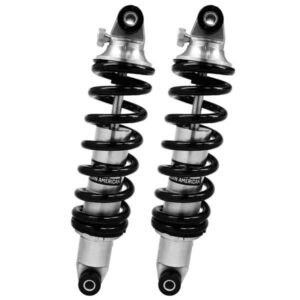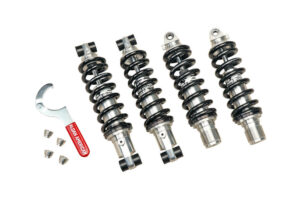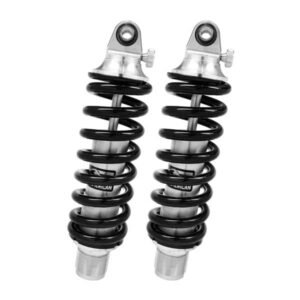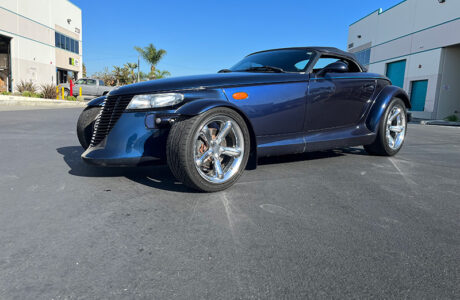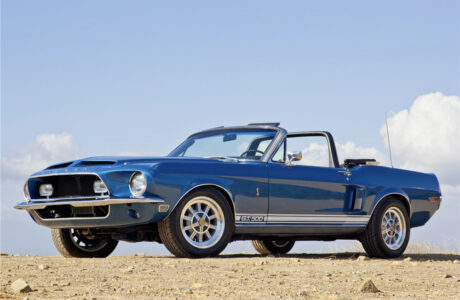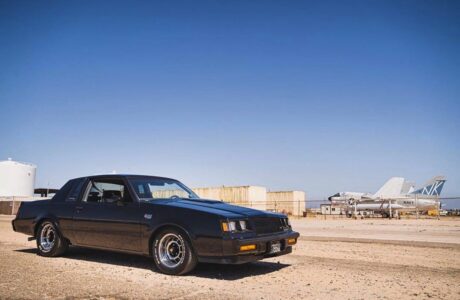Upgrading 1958 to 1970 General Motors B-Body Models for Modern Performance and Handling: A Comprehensive Guide

The General Motors B-body platform, which underpinned some of the most iconic American full-size cars from 1958 to 1970, symbolizes the golden age of automotive excellence. Vehicles such as the Chevrolet Impala, Pontiac Bonneville, Oldsmobile 88, and Buick LeSabre defined the era’s aesthetic and brought formidable power to the masses.
However, by today’s standards, their performance, particularly in handling and braking, leaves much to be desired. Aldan American offers this guide that outlines a comprehensive approach to upgrading these venerable models to meet contemporary performance expectations while retaining their classic charm.
Historical Context and Initial Considerations
The GM B-body models of this period were engineered with a focus on style, comfort, and straight-line speed, often at the expense of nimble handling and efficient stopping power. Steering was typically vague, the suspension was soft and wallowy, and braking systems were almost universally comprised of inadequate drum brakes. The challenge is to modernize these vehicles without compromising their inherent character.
Chassis and Frame Enhancements
Perimeter and X-Frame Variations
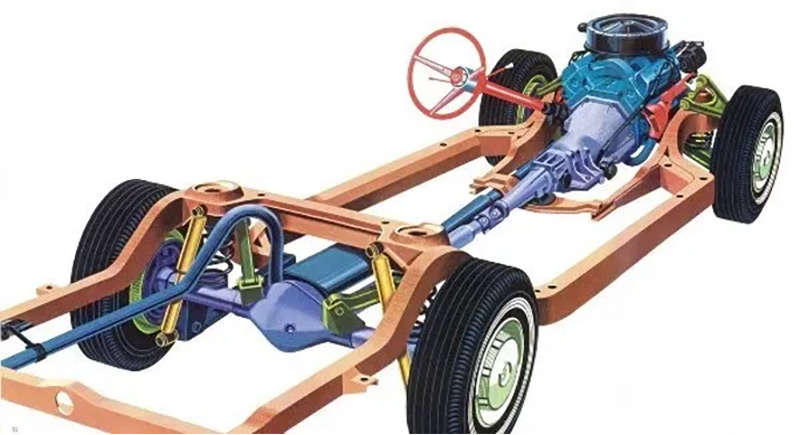
1 General Motors B-body Perimeter Frame
The frame used under the 1958-1970 GM B-body models is an example of traditional American car construction, featuring a body-on-frame design prevalent among vehicles of that era.
This construction method involves a robust and separate frame serving as the vehicle’s structural foundation, with the body mounted on top. This design provided several benefits, including ease of manufacturing, durability, and the ability to absorb impacts in collisions, making it a popular choice for large, powerful vehicles.
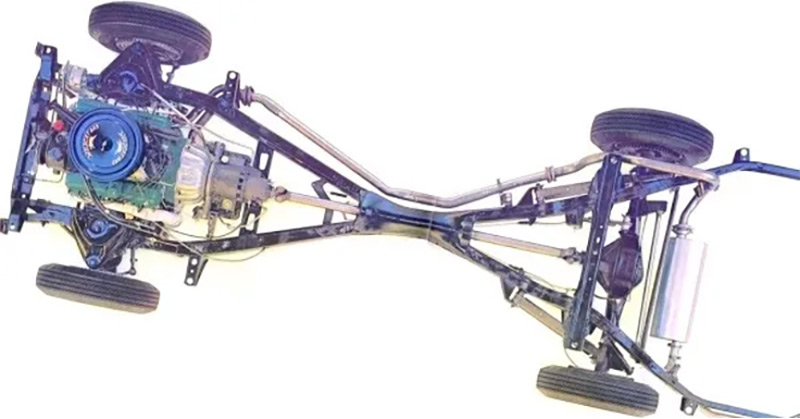
2 General Motors B-body X Frame
Most vehicles constructed on the B-body platform after 1964 utilized a full-perimeter frame, which encircles the entire vehicle. Cadillac and Chevrolet B-body vehicles featured the controversial X-frame until 1964, then shifted to a perimeter frame.
Reinforcements
A thorough inspection of the chassis and frame for rust and damage is critical. These cars often require rust remediation and structural reinforcement before any performance upgrades.
Techniques such as boxing the frame rails and adding cross braces can significantly increase structural rigidity, essential for improved handling. Duplicating the reinforcements made to convertible models at the factory provides a good starting point. Convertible frame rails for early B-body cars are available through Classic Industries.
A simple upgrade is bolt-in rear frame reinforcement bars, like those offered by Ram Air Restoration, that address the rear crossmember’s weakness.
B-body Platform Suspension System
Between 1958 and 1970, General Motors B-body platform vehicles were equipped with a robust suspension setup balanced more for comfort than handling.
The front suspension featured an independent setup with coil springs, upper and lower control arms, and telescopic shock absorbers. A front sway bar was standard to dampen road vibrations and somewhat reduce body roll during turns.
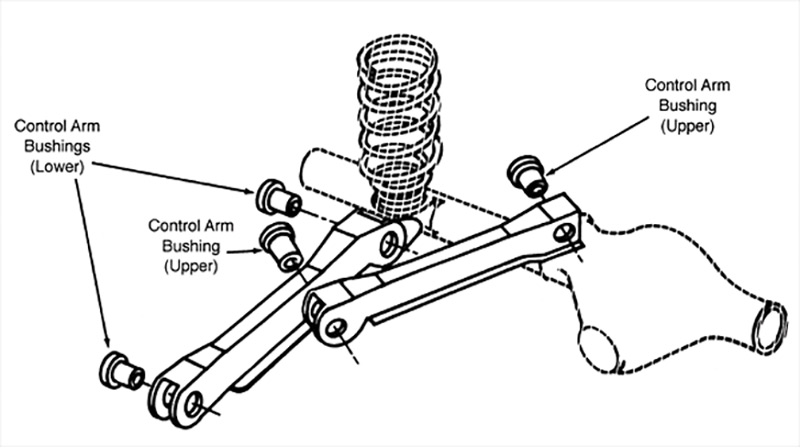
The rear setup utilized a live axle supported by coil springs located by two upper and two lower control arms (links) that connect the rear axle to the vehicle’s frame, allowing for more precise control over the axle’s movement.
Suspension Upgrades
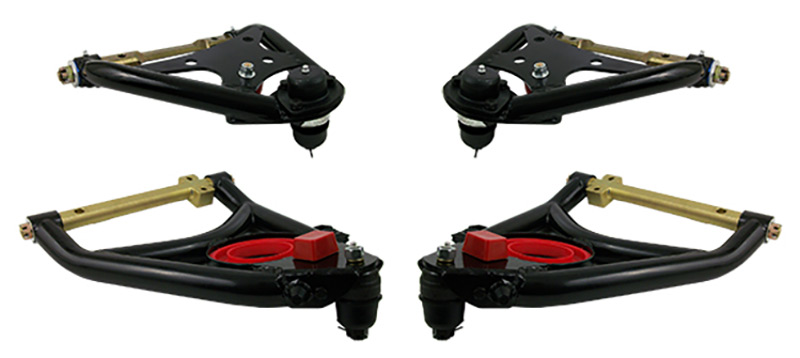
The suspension system overhaul is where the transformation begins in earnest.
Bushings and Mounts: Start by replacing old rubber bushings with polyurethane components for tighter suspension response and control.
Tubular Control Arms: Upgrading to tubular control arms reduces weight and improves suspension geometry for better handling. These come with improved bushings and adjustable mounting points for fine-tuning alignment.
Sway Bars: Larger sway bars can drastically reduce body roll, making the car more turn-responsive. Look for kits offering front and rear sway bars for balanced performance.
Our friends at Performance Online (POL) offer several versions of each product listed above, plus a full tubular control arm and coilover suspension kit for 1965-1970 B-bodies featuring Aldan American coilover shocks.
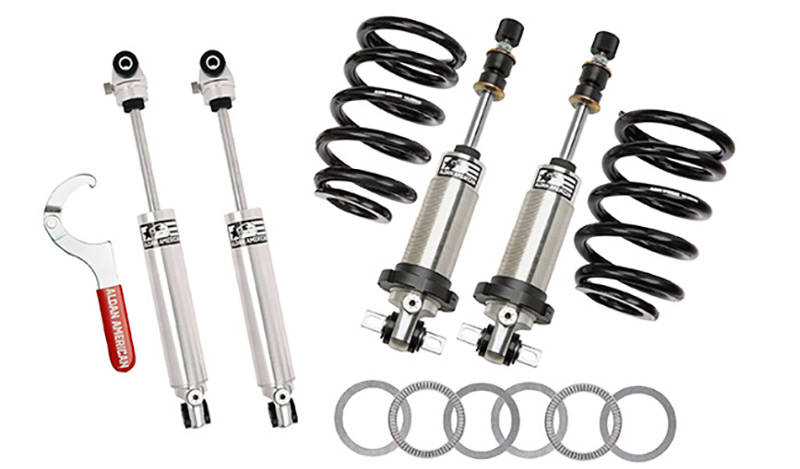
Aldan American offers coilover shock kits for front and rear axle installation for those assembling a suspension system from components.
Steering Dynamics Enhancement
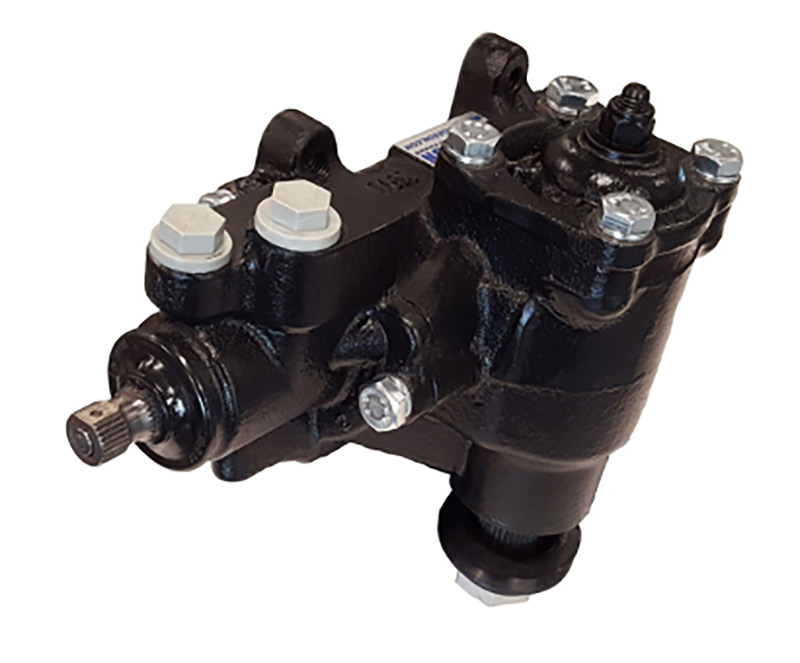
A straightforward first step in improving steering is a Borgeson quick ratio power steering box that replaces the Saginaw box in 1965-1970 B-bodies. The all-new, bolt-on power steering box has a quick 12.7:1 ratio with a firm modern steering feel. Borgeson offers a power steering upgrade kit for 1958-1970 B-body models.
For the ultimate steering upgrade, bolt-on rack and pinion conversion kits for 1958-1964 B-body models are available from Flaming River Industries.
Steering Linkages: Upgrading to heavier-duty tie rods, center link, pitman arm and adjusting sleeves can complement the system, ensuring that the steering input is accurately transmitted to the wheels.
Braking System Upgrades
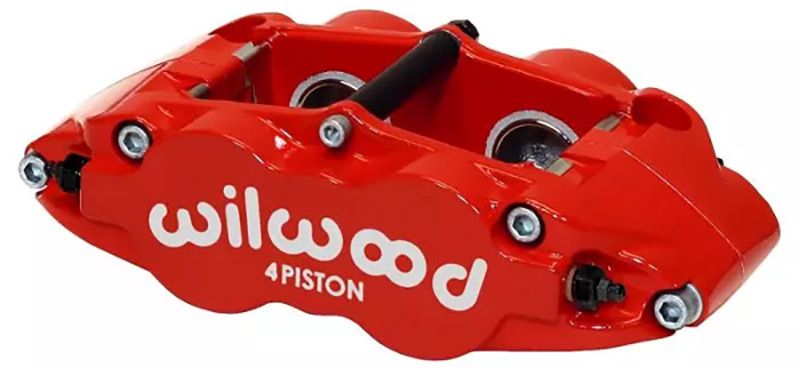
No performance upgrade is complete without addressing the braking system.
Disc Brake Conversion: Converting to disc brakes on all four corners is perhaps the most effective way to improve braking performance. Wilwood offers six different front disc brake upgrade kits, from a six-piston system with 14.0″ rotors to an affordable four-piston kit with 11.50″ rotors that greatly improve stopping performance over OEM brakes, discs or drums.
Wilwood offers two different four-piston applications for the rear, with 12.19″ and 11.0″ rotors, respectively, with provisions to connect the parking brake.
Master Cylinder and Brake Booster: An upgraded master cylinder and brake booster improve pedal feel and response. Consider a hydro-boost system if upgrading to muti-piston calipers and large-diameter rotors for maximum braking performance.
Tires and Wheels

The right tires and wheels are crucial for putting all that newly gained performance to the pavement:
Wheel Selection: Choose lightweight alloy wheels that accommodate wider tires without compromising the vehicle’s classic lines. Remember to check for proper clearance with the suspension and brake components.
We recommend Hot Rods by Boyd (HRBB) wheels as they are custom-assembled to your exact specifications. You can choose from various billet aluminum wheel center designs, from classic to cutting-edge. Want a custom design unique to your B-body? HRBB can work from rough sketches to deliver the billet wheels that match your ride and your personality.
Tire Choice: Modern performance tires can dramatically improve grip, handling, and braking. Look for tires with a good balance of performance and comfort, especially if the car will be used for regular driving. Keep in mind that your GM B-body was delivered a new modest upgrade to 225/45R17 tires, which would outperform the OEM skins by a massive amount.
Engine and Drivetrain Enhancements
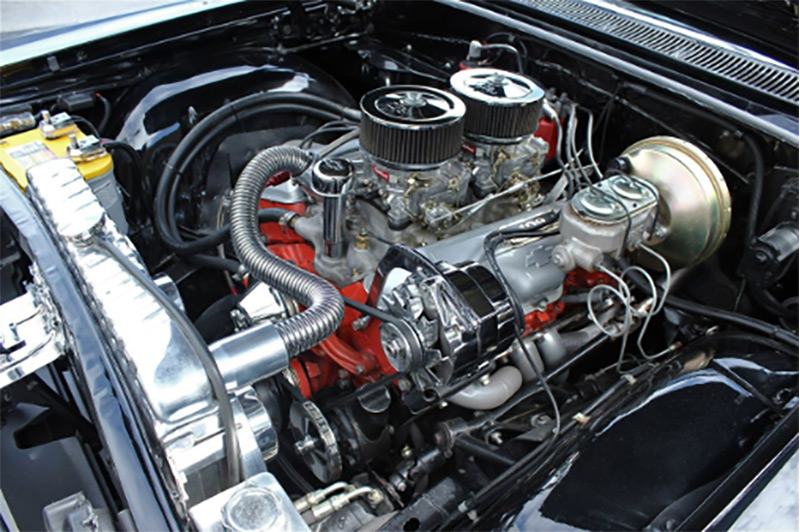
Improving the engine and drivetrain can further enhance the driving experience:
Engine Upgrades: While not directly affecting handling, engine improvements can complement the vehicle’s improved dynamics. Consider modern fuel injection systems, electronic ignition, and performance exhaust systems to increase power and efficiency.
Transmission: Upgrading to a modern overdrive transmission can improve fuel efficiency and drivability, especially at highway speeds.
Rear Differential: A limited-slip differential improves traction and handling, particularly in cornering situations.
Alignment and Suspension Tuning
With all physical upgrades complete, the final step is to align and tune the suspension properly:
Professional Alignment: A professional alignment is essential, especially after significant modifications. Specify your intended use (street, strip, autocross) to get an alignment that suits your needs.
Suspension Tuning: Take the time to adjust coilover settings, sway bar positions, and other adjustable components to fine-tune the handling characteristics to your preference.
SARAH: The above statement could be the basis for an article on the Aldan site.
Summary and Conclusion
Upgrading a 1958 to 1970 GM B-body for modern performance and handling is a rewarding endeavor that breathes new life into these classic machines.
By addressing the chassis, suspension, steering, and braking systems and complementing these upgrades with the right tires and wheels, enthusiasts can transform their classic American cars into vehicles that not only turn heads but can also hold their own in terms of performance and safety on today’s roads.
This blend of classic aesthetics and modern engineering ensures these vehicles remain a testament to their era and a pleasure to drive and own in the 21st century.
-
Coilover Kit – Plymouth Prowler 1997-2002 Front and Rear
$1,559.99 – $1,669.99 This product has multiple variants. The options may be chosen on the product page

